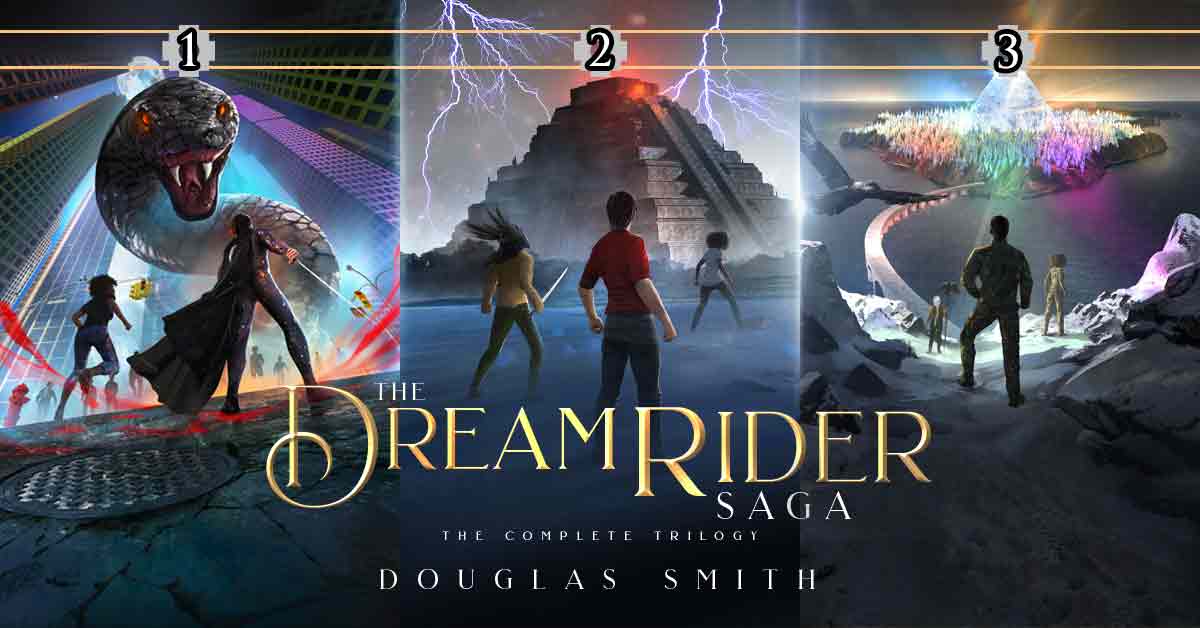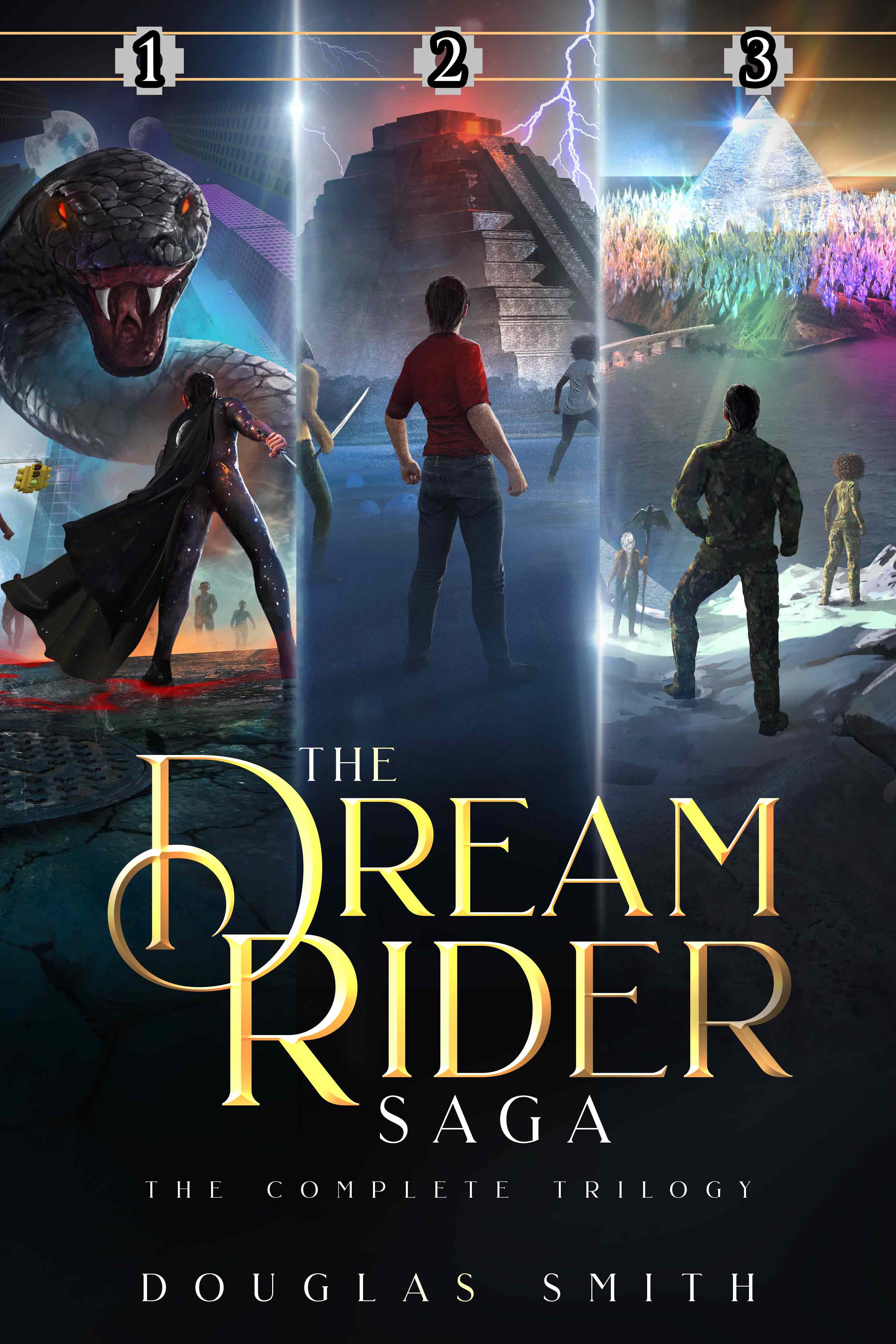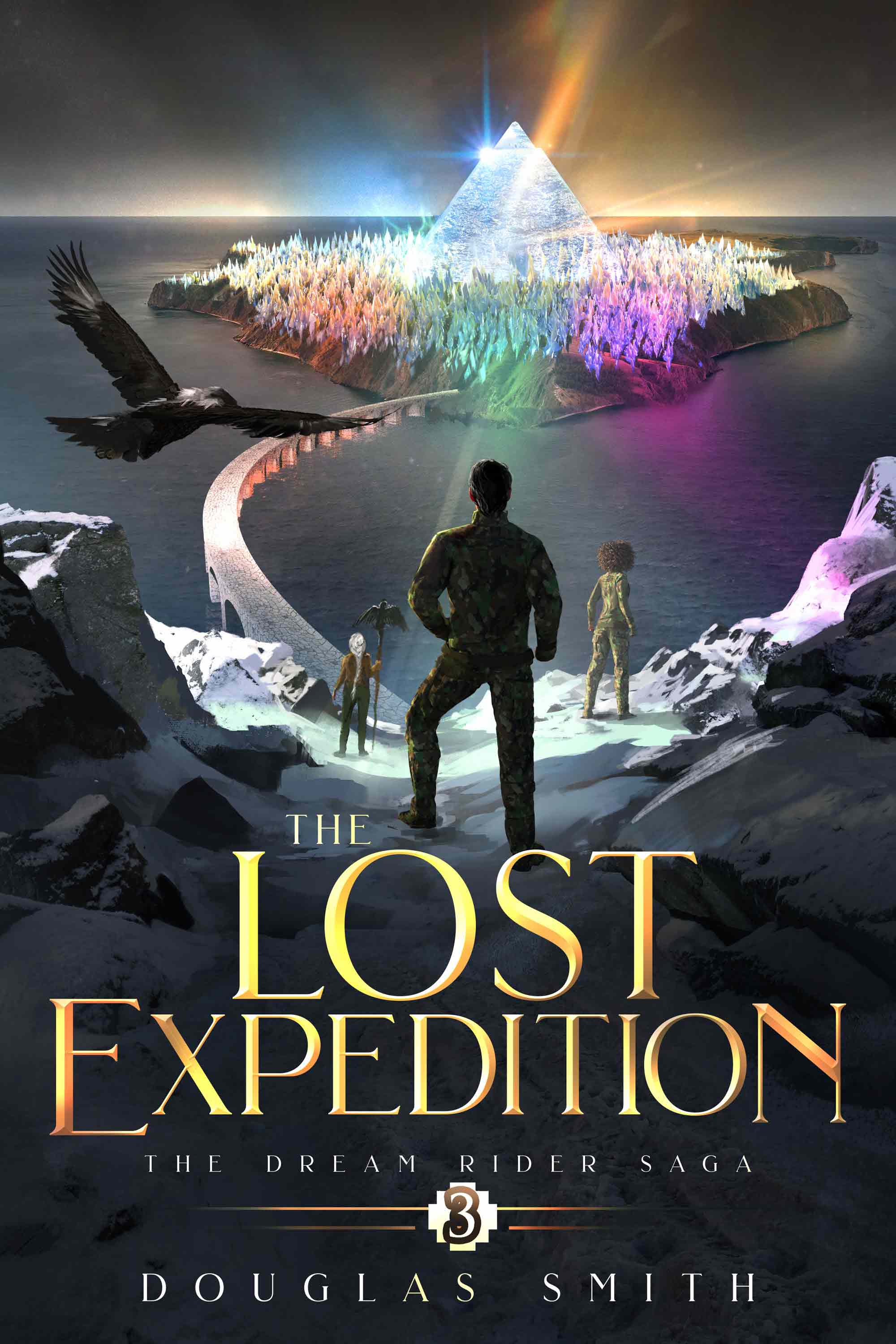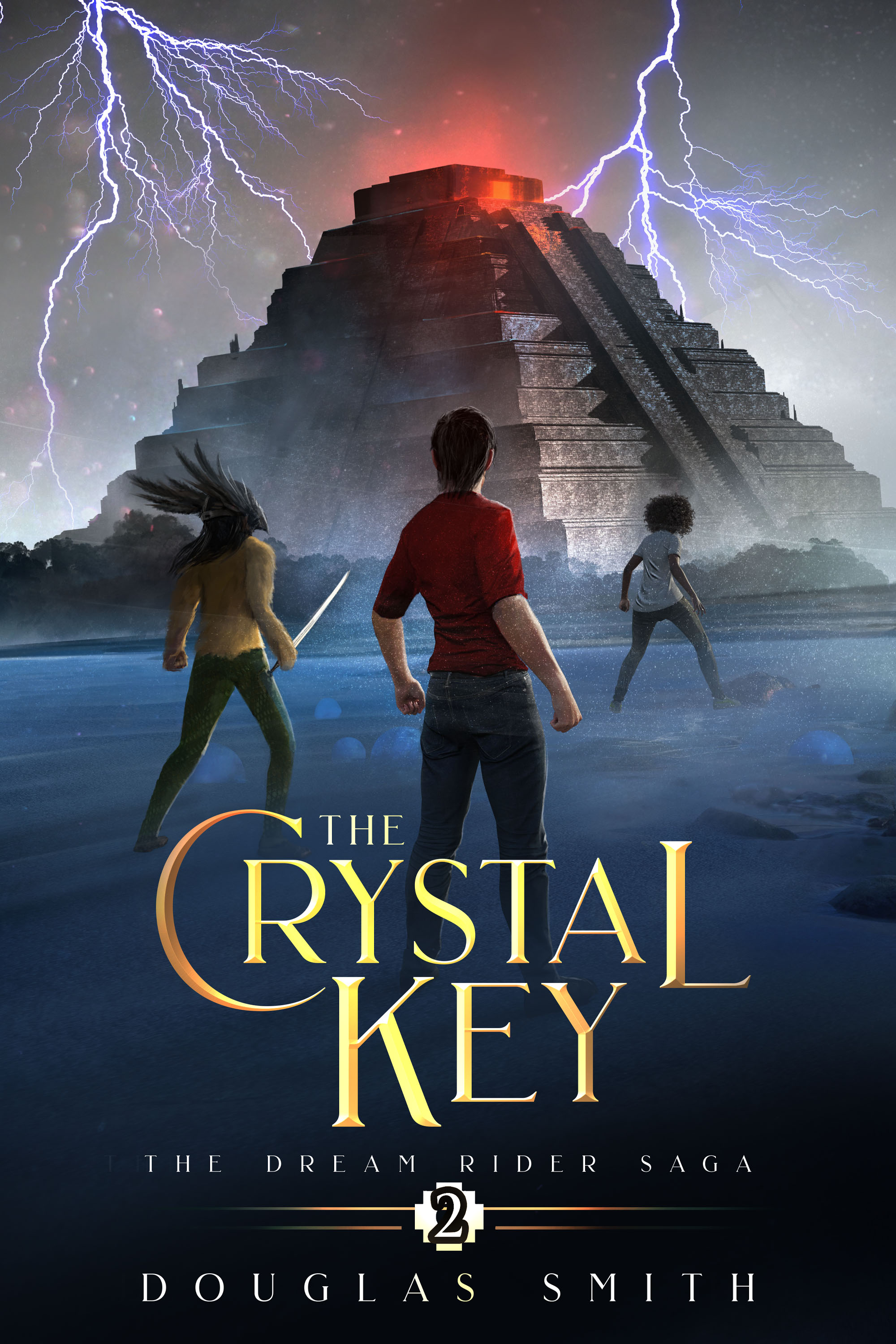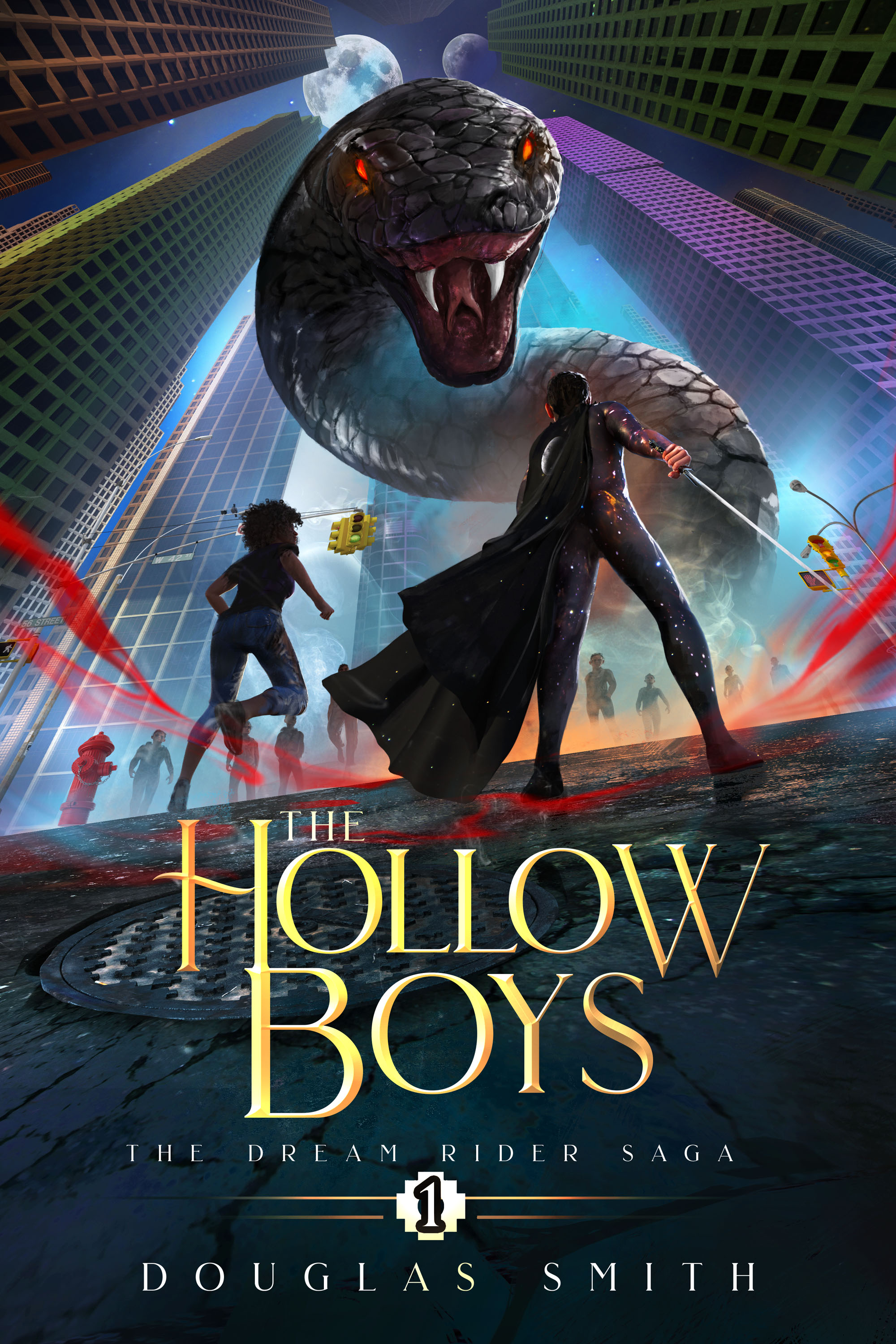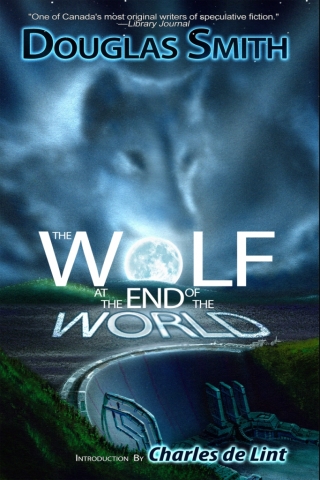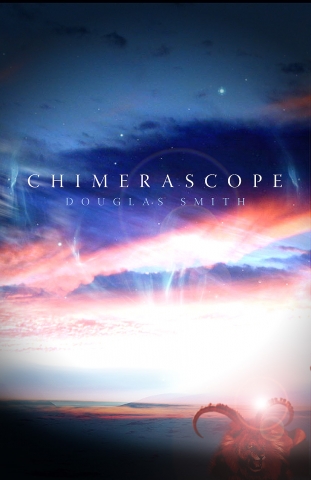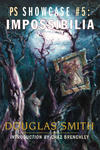Ecology and Werewolves: A review of "Spirit Dance"
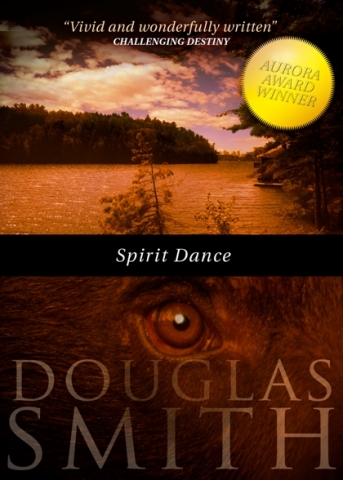 On his "Speculating Canada" site, Derek Newman-Stille finished off his Halloween-themed "Werewolf Wednesdays" review series in October with a thoughtful review of "Spirit Dance," one of my Heroka stories. You can read Derek's review here. Some selected excerpts follow:
On his "Speculating Canada" site, Derek Newman-Stille finished off his Halloween-themed "Werewolf Wednesdays" review series in October with a thoughtful review of "Spirit Dance," one of my Heroka stories. You can read Derek's review here. Some selected excerpts follow:
"Spirit Dance represents a blending of mythologies, combining European myths of the werewolf with myths from Canada’s indigenous peoples. When a non-indigenous person uses aboriginal myths, there is always a danger of misuse or cultural appropriation, and although Douglas Smith refers to elements of indigenous culture, he does this in a respectful way. ... His work shows a respect for Canada’s First Peoples as formative for the Canadian experience. ... Unlike many authors, Smith does not put aboriginal people in the position of the cultural Other, nor does he try to put aboriginal people into the position of the “noble savage” archetype, trying to make them the holders of ancient wisdom. ...Smith, as many writers are beginning to do, wields the werewolf as a symbol for ecological issues, representing the fusion of the natural and the human in one form and representing an animal that is traditionally stigmatised as dangerous while also representing the deep woods and the image of untouched nature.Smith presents a strong ecological mystery story ... where characters are forced into a space of moral question where values conflict with one another."
"Spirit Dance" was my first story, both written and sold, and was first published in Tesseracts6 (edited by Robert J. Sawyer and Carolyn Clink, 1997). A translation won the Aurora Award in 2001. The story is also the basis for my upcoming novel, The Wolf at the End of the World, due out in 2013 and which takes place five years after this story. If you want to read "Spirit Dance," you can find it in my collection Impossibilia or as a stand-alone ebook.
